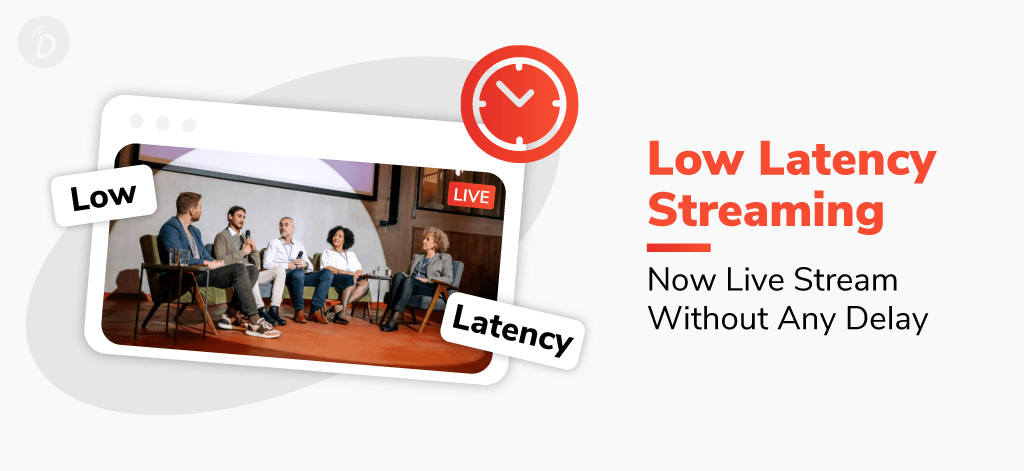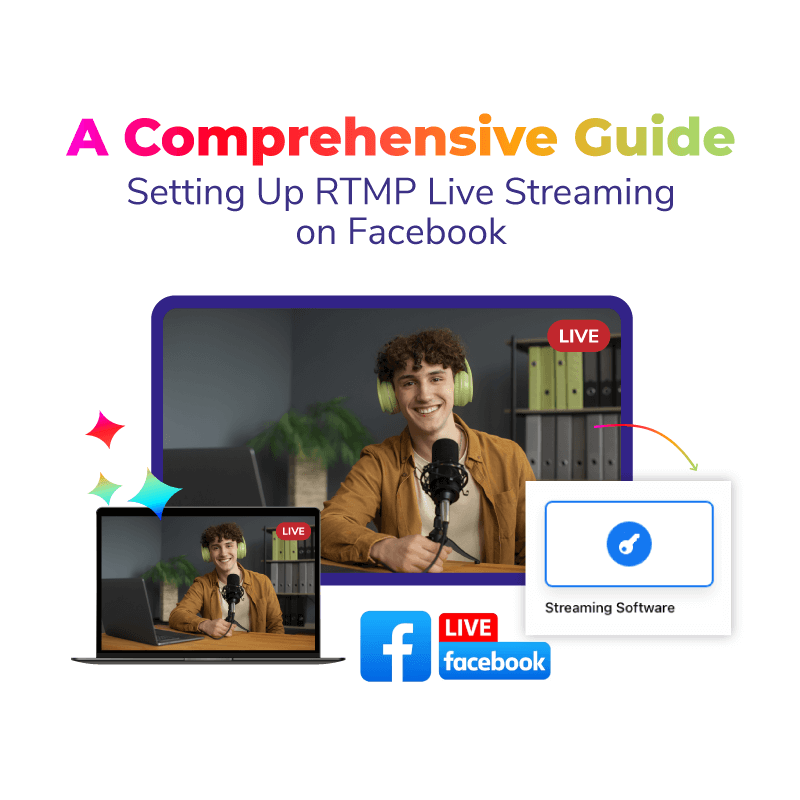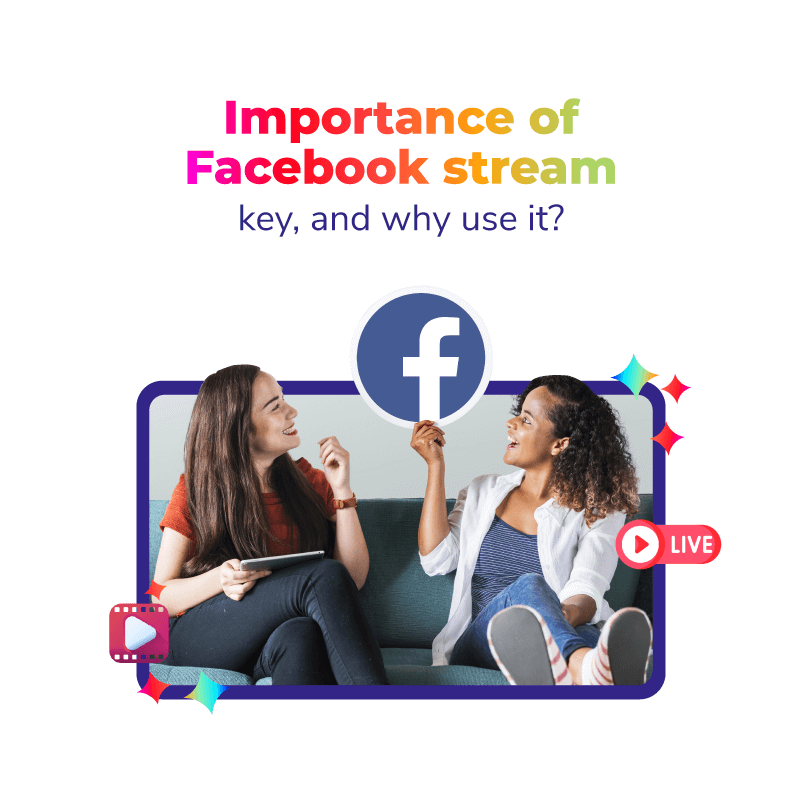A great watching experience is the basic element of a successful streaming platform. Therefore, low latency streaming is one such way to create a highly personalized viewing experience. It allows users to watch real-time content with the help of professional broadcasters.
Latency is the period of time between a camera recording a video and that video is seen on a viewer’s screen. By using low latency streaming solutions, this latency can be minimized, and its refined form is referred to it as “Low Latency.”
In this blog, we will be highlighting some of the striking features of streaming services in the context of low latency. We’ll analyze the working of streaming platforms and salient features of low latency streaming.
All About Low Latency Streaming
The delay in image capture and user viewing, as stated previously, is known as video latency. For example, latency can be described as the gap between a live dance performance and when the performance displays on your screen when you are watching an award show. This works well in the favour of multistream your event.
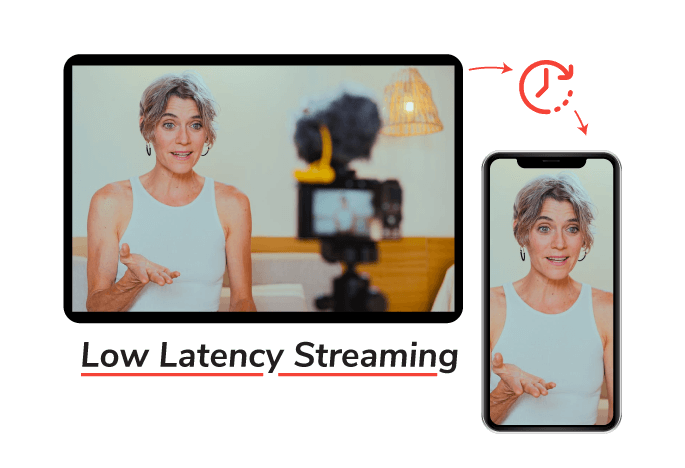
Low latency video streaming thus refers to the ample amount of data takes for processing over a network. Speaking in streaming terms, it is a delay of fewer than 5 seconds from the transmission to receiving.
Some users require delivery that is further faster than just what low latency service providers promise, which has resulted in the creation of subcategories like ultra-low latency streaming and real-time streaming.
Does Latency Matter?
It depends on the users attending any event. If the users aren’t attending live, latency is not a matter of concern for them.
Additionally, if they wish to provide updates regarding the event on social media platforms, too-long latency might cause some issues as viewers might read something before it actually happens.
Categories of Low Latency
Following are some of the important categories of stream latency that will help you in deciding your perfect fit for the scenario-
Live and Interactive: Low latency when browsing interactive multimedia
Imagine a live stream where viewers are actively involved – voting in polls, answering questions on the fly, or even influencing the content itself. In these interactive scenarios, even a tiny delay can disrupt the flow and break the connection between you and your audience. Here’s where low-latency encoders truly shine. By minimizing delay, they ensure a seamless experience for everyone involved, keeping your viewers engaged and in the moment.
One-Way Streaming: Prominent latencies for one-way streams include HTTP
One-way streaming, like broadcasting a live event, typically involves a single source sending data (your video stream) to many viewers. This is where a protocol called HTTP (Hypertext Transfer Protocol) comes into play. While HTTP is the workhorse of web browsing, it can introduce some latency. Fortunately, low-latency encoders can help mitigate this by optimizing the way your video data is packaged and delivered, ensuring viewers receive the stream with minimal delay.
Premium Content: Reduced lag while streaming premium content
Streaming high-quality movies, shows, or sporting events requires a delicate balance. You want exceptional picture quality, but you also want minimal delay to avoid buffering and frustrating interruptions. Low-latency encoders are key players here. By optimizing the encoding process, they can deliver premium content with minimal lag, ensuring viewers enjoy a smooth and buffer-free experience.
Understanding these different categories of low latency empowers you to make informed decisions when choosing your encoding solution. Remember, the ideal encoder depends on your live stream’s nature: interactive experiences, one-way broadcasts, or premium content delivery. Prioritizing low latency with the right encoder ensures a captivating and delay-free experience for your viewers, regardless of the format you choose.
Cause of Video Latency
In general, processing data and sending digital information over distances takes time. The processes associated with data transfer might be of multiple kinds. Encoding is however one procedure. Before delivering them to the network, it involves compressing data files and converting them into a suitable media format.
On reaching the streaming server, the files are encoded according to the file size or resolution before passing them on to the Content Delivery Network(CDN) and then to the playback devices.
Latency affects by different parameters like – bandwidth as well as physical distance. There are certain practices like – maintaining adaptive bitrate streaming (ABR) which works for analyzing changes in the bandwidth.
How Latency Can Be Reduced?
There are different ways to reduce the impact of the latency without actually affecting the quality of the video. This starts with the selection of a combination of hardware encoders or decoders which are being designed to keep the latency to its lowest levels.
The latest generation of these codec packages has enough power to maintain the latency rates by using HEVC to compress the video to extremely low bitrates. while maintaining good picture resolution.
There is another solution for getting latency to the lowest levels- by selecting of good video transport protocol which works on delivering high-quality video at the lowest latency levels over the internet.
A streaming protocol must have some form of error correction to prevent packet loss in order to effectively stream video over the internet without sacrificing visual quality. All types of error checking will increase latency, although some are more so than others.
To deliver better quality to the end user, larger resolution, frame rates, and bandwidth needs are often necessary. While technological advances and cutting-edge codecs strive to reduce latency, finding the right balance will always be important.
What’s an Encoder and Why Does Latency Matter?
Think of an encoder as a translator. It takes your raw video footage and compresses it into a smaller, more manageable format suitable for online streaming. While compression is great for saving bandwidth, it can introduce a slight delay. Low-latency encoders minimize this delay, ensuring your viewers see the action unfold practically as it happens – no frustrating buffering or choppy playback.
Choosing Your Encoder: Free vs Paid Options
The good news is, that you have a few options when it comes to video encoders, depending on your needs and budget:
Free Encoders: Getting Started with Streaming
Free encoders are a great entry point, especially for beginners or those on a tight budget. OBS Studio is a popular option compatible with both Windows and Mac. It integrates well with other tools for production and mixing, allowing you to customize your stream. There’s also a vibrant community that develops plugins, scripts, and themes to enhance your experience.
Paid Software Encoders: Taking Your Stream to the Next Level
If you need more advanced features and capabilities, consider investing in a paid software encoder. Several powerful options exist, each catering to specific needs. Wirecast, VidBlasterX, and vMix are just a few examples, offering features like supporting multiple cameras, professional-grade transitions, and advanced encoding settings for various streaming platforms.
Hardware Encoders: The Powerhouse Option
For demanding live productions or situations where reliability is critical, hardware encoders offer a dedicated solution for low latency. These standalone devices handle encoding independently of your computer, freeing up system resources and potentially delivering more stable performance. Examples include LiveU Solo and TriCaster, ideal for professional broadcasters and high-end streaming setups.Furthermore, the best encoder for you depends on your specific needs and budget. Start with a free option like OBS Studio to get your feet wet. If you require more advanced features or top-notch performance, consider paid software or hardware encoders. Remember, a low-latency encoder is key for ensuring your viewers enjoy a smooth and uninterrupted live stream experience.
Importance of Low Latency Streaming Services
It has been a proven fact that in the case of the start time, long startups thus deprive viewing experience of users & resulting in low audience rates. Even a gap of more than two seconds can significantly reduce your streaming video rates by a large margin.
In a variety of settings, including gambling, gaming, live auctions, dual online streaming, etc., delivering low latency with the assistance of low latency in streaming services is a significant difficulty.
In order to provide a real-time browsing experience as seamlessly as feasible, latency services are taken into use. The greatest strategy to retain your viewers engaged in the event for a long time is to eliminate lag while it is still happening.
When creating and transmitting a livestream, keeping the delay as low as possible is crucial. Whether you’re creating live athletic events, e-sports, or conversations, high latency hurts the viewing experience.
We’ve all seen live on-location broadcasts with awkwardly long silences or people talking over one another during interviews due to latency problems.
Connect with the Industry's Most Experienced
Live Streaming Service Providers.
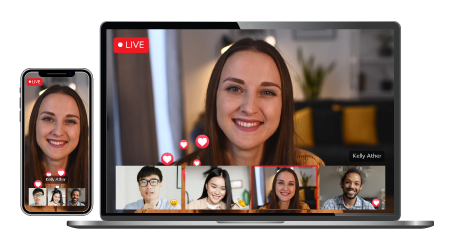
Features of a Good Low Latency Streaming Platform
Here is a list of some of the important features which can consider before choosing your desired low latency service provider –
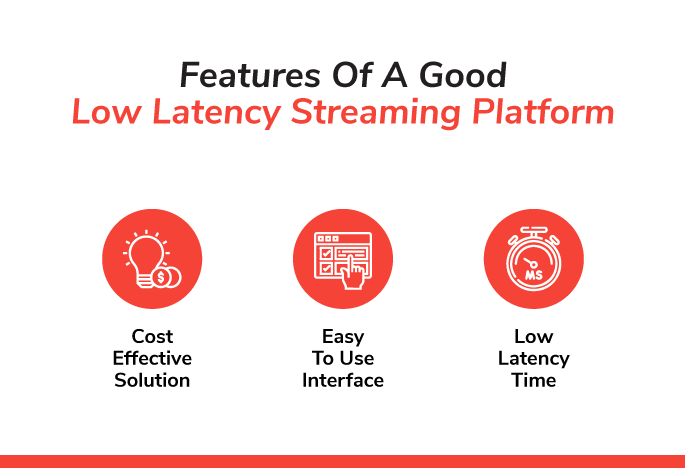
Cost Effective Solution
The prices of live streaming services vary widely. There are many professionals who keep their price bracket very cheap to attract a maximum audience but have limits when it comes to live streaming latency features.
Features like – VOD hosting, monetization of your video, tech support, etc. should be provided additionally by the service provider.
Easy to Use Interface
You should pick a low latency streaming solution that is simple to use if you are new to professional broadcasting. You probably don’t have the time for a steep learning curve. Unless your job at your firm revolves around producing live streams.
Selection of that kind of streaming provider which has a simple interface and a support team is a must-have thing. Especially for a new broadcaster.
Low Latency Time
Cable TV typically has a 10 second delay while ultra low-latency operates with less than 1 second.
There are various aspects that must be incorporated in order to reduce the delay time to under 15 seconds. Ingesting the HLS with RTMP for low latency streaming is one of these characteristics.
How do Low Latency Streaming Services Work
Thus, three factors—geographical location, video complexity, player compatibility, and encoding efficiency—affect how well live streaming works in terms of latency.
In the current scenario, HLS is a reknown protocol due to its high reliability. Also for delivery of chunks of data. Though using the traditional HLS you are already lagging behind by almost 6 seconds.
This problem can be solved by segmenting the larger chunks of data into smaller ones. But this will impact the viewing experience for your audience because of continuous buffering.
Some Common Low Latency Streaming Protocols
The following list includes some of the quickest low latency streaming protocols currently on the market-
RTMP Streaming Protocol
- It is mostly used for speedy video contributions by broadcasters. Major issues in the compatibility with HTML 5 devices have been a drawback of this streaming protocol
- It supports most of media devices as well as the encoders
- Popular social media sites like YouTube continue to use this protocol
- RTMP is no longer an end-to-end technology and operates in the background.
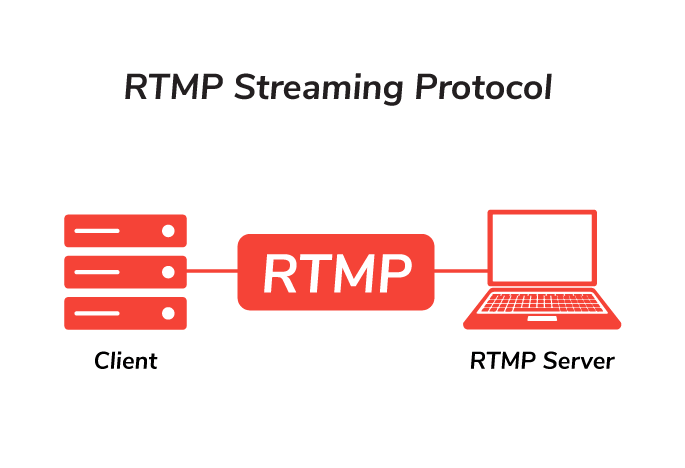
WebRTC
- The browser-based solutions offered by this protocol are broadly applicable. It is an open-source technique that enables low-latency video streaming without the usage of flash.
- When compared to other streaming protocols, this protocol’s delivery time of 500 milliseconds is a notable benefit.
- in some use cases, end-to-end suits perfectly.
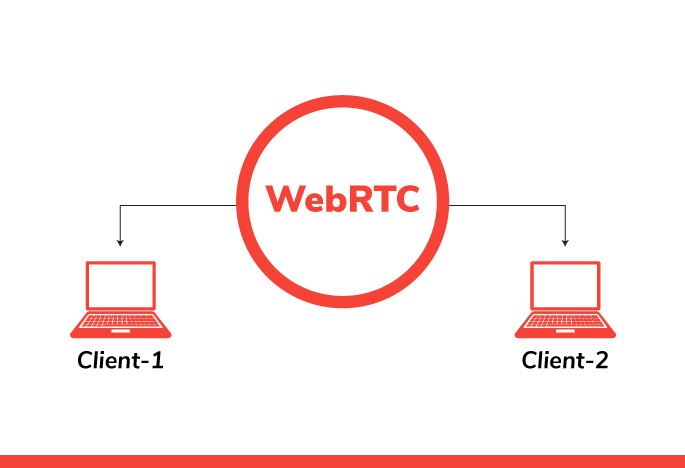
Summing Up
When it comes to professional broadcasting of an event, low latency has a very crucial role to play. Before proceeding with any of the low latency streaming providers be careful with the features they offer and have a close look at the limitation of each platform.
With the camera streaming at low latency, the chances are even better to get the video fast as possible to the user end.
It takes a lot to increase the number of people who watch your live webcast, including producing quality material, improving the creation and streaming procedures, promoting the streaming, and, ultimately, selecting the best live streaming solutions from among those offered in the market.
Connect with the Industry's Most Experienced
Live Streaming Service Providers.














